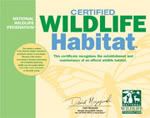Our average last frost date here at Our Little Acre in northwest Ohio is May 15th, but it's been a long time since we've had a frost that late. This year, spring has taken its sweet time getting here, although we've had some nice weather here and there. Frost two nights in a row this week didn't make some things in the garden very happy - the gardener either.
My April
Lowe's Creative Ideas project is just a bit late, due to the cold weather and a lot of rain. It's hard to plant in mud. But finally, we got it completed!
Sometimes I dream a little too big. But I'm a possibility thinker and I could visualize this project. In fact, part of it had lived in my head for a couple of years now. A big tip of the hat to my ever-helpful husband, Romie. Without him, most of it would not have been possible.
One of the Creative Ideas themes for April was to use colors of the rainbow. I decided to incorporate these colors by using both flowers and hardscape.
A portion of our large garden at the back of the property has always been reserved for what I call "hot" flowers. In the past, I'd grow colorful zinnias, cosmos, snapdragons, marigolds, and lilies. Anything that would bring about a riot of color was fair game for that garden. But in recent years, that has been a challenge, due to the maturing of several trees in that part of the yard and in the garden itself. The kinds of flowers I'd always grown there needed a lot of sun to perform well. That was Dilemma #1.
Secondly, we had made use of the trunk of a pine tree that had died, by converting it into a directional with colorful signs indicating the miles to the homes of family members. We also put a decorative bird house on top, which the wrens always made use of. This past year, the pine rotted to the point that it was only a matter of time before it fell over, so that was removed. I had always loved this colorful addition to the "hot" garden, so this became Dilemma #2.
I put my thinking cap on.
I'd remembered seeing a
cute set of birdhouses in my Lowe's Creative Ideas magazine awhile back, so I went to the website and found the
plans. I knew I was going to need some husband help for this, so I talked mine into making the birdhouses for me. It didn't take him too long; I got them painted, and we put them up.
The birdhouses fit like a sleeve over 4x4s that are set into the ground. The top of the 4x4 serves as the bottom of the nesting cavity of each birdhouse. We made the holes 1¼-inch in diameter, so as to attract wrens and not sparrows.
This added a lot of color to the garden and I was pleased with how they looked as a replacement for the directional.
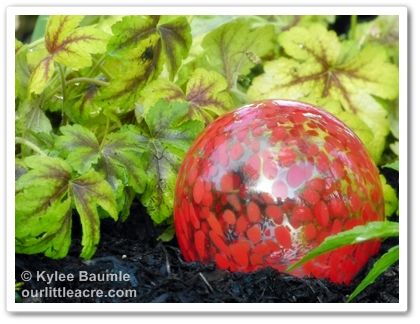 |
| Heucherella 'Gold Zebra' |
To add more color, I planted some perennials and annuals, some of which do okay in shade. For example,
Heucherella 'Gold Zebra' has bright yellow foliage with deep red veining, and the fountain grass
Pennisetum setaceum 'Fireworks' has a burgundy tint to it (more so with direct sun).
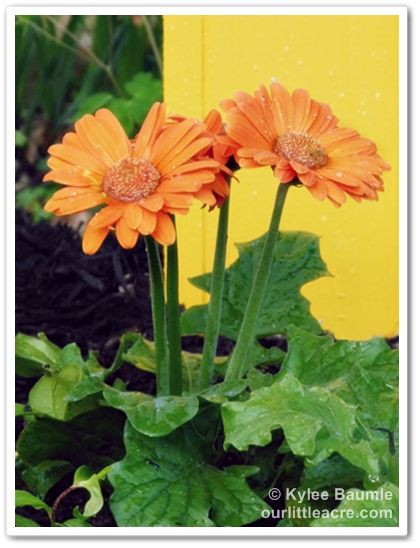 |
| Gerbera jamesonii |
The "hot" garden still gets a fair amount of direct sun on its western and northern edges at various times of the day, so I planted perennials lithodora (
Lithodora diffusa 'Blue Star') and candytuft (
Iberis sempervirens 'Purity').
A couple of
Gerbera daisies in orange brightened things up and existing Asiatic lilies 'Matrix' and some colorful daylilies will provide some vibrant red-orange and golden yellow color as the season progresses.
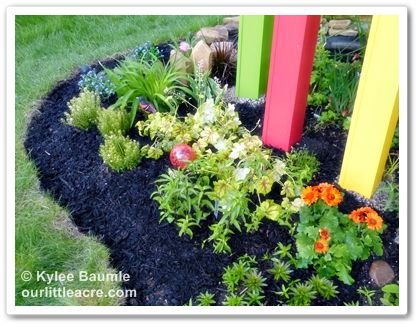 |
The candytuft (front left) was done blooming by the time I finished the
project, but it will provide pretty foliage and occasional rebloom. |
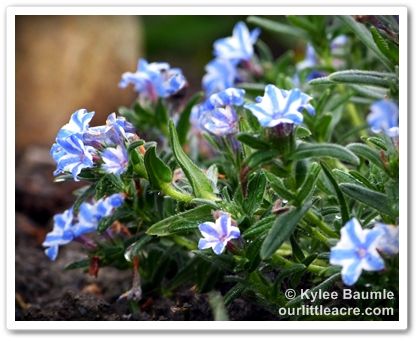 |
| Lithodora diffusa 'Blue Star' |
The second part of my plan was the one that I'd first expressed a desire for two years ago. There's a small pond that's part of this garden and I'd wanted a deck for a sitting area next to it. This took some convincing on my part before Romie agreed to make it.
I'd envisioned a curvy-edged deck, but when it became clear that curves were going to be much harder to execute than a deck with straight edges, I conceded to going with the simpler design. After a geometry discussion, we agreed on a trapezoid shape for the deck.
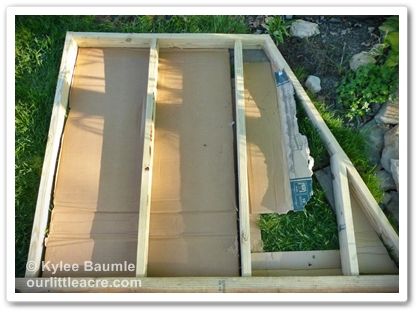 |
| We placed cardboard under the deck, to kill the grass. |
The deck proved easier to make than the birdhouses, and they weren't difficult, so in the end, the project was pretty easy. It just took some time and some cooperation from the weather to get it all in place.
I'd fallen in love with a
yellow daisy bench on a previous visit to Lowe's, so I picked one up on my trip there to get supplies for the rest of the project. That, I put together all by myself. I mean, it was only a few nuts and bolts and voila!
To add some more color, I planted up one of my larger pots - bright blue! - with a braided
Dracaena that I found in the Lowe's houseplant section. I added a couple of shade-loving caladiums for red color, and sweet potato vine in a bright chartreuse. The sweet potato vine will eventually spill out over the edge of the pot and will do fine in shade, even though it prefers sun.
I get to have my "hot" garden, even though a good deal of it is now in shade.
Supplies
Tall Trio of Birdhouses:
- 11 - 1"x6"x8' pine boards ($5.96 x 11 = $65.56)
- 1 - 2"x8"x8' pine board ($6.47)
- 3 - 4"x4"x8' treated pine posts ($8.27 x 3 = $24.81)
- 1 lb. box of 6d galvanized finishing nails ($3.92)
- 3 - 1 qt. Valspar exterior semi-gloss paint + primer in Mountain Botanical, Classic Red, and Morning Sunrise ($12.33 x 3 = $36.99)
Total cost: $137.75
Deck:
- 6 - 2"x4"x8' treated pine ($3.37 x 6 = 20.22)
- 15 - 5/4" x6"x8' treated deck boards ($3.97 x 15 = $59.55)
- 1 - 5 lb. box of 2.5" deck screws (Used about half of box @ $22.47)
Total cost: $ 91.00
Plants:
- 3 - 1 gal. Heucherella 'Gold Zebra' (3 x $10.98 = $32.94)
- 3 - 2.5 qt. Lithodora 'Blue Star' (3 x $7.98 = $23.94)
- 1 - 2.5 qt. Pennisetum 'Fireworks' ($5.98)
- 3 - 2.5 qt. Iberis 'Purity' (3 x $5.98 = $17.94)
- 3 - 1.25 qt. Gerbera daisy (3 x $4.98 = $14.94)
- 3 - 1 pt. Ipomoea (3 x $2.98 = $8.94)
- 2 - 1.25 qt. Caladium 'Freda Hemple' (2 x $4.98 = $9.96)
- 1 - 1.25 qt. Dracaena ($10.98)
Total cost: $125.62
Cost of daisy bench: $98.00
For more DIY inspiration, visit
Lowe's Creative Ideas and the
Lowe's Creative Ideas Creator and Influencers Blogger Network.
___________________________
Lowe's Home Improvement provided me with gift cards for the purpose of purchasing the materials needed to complete this project.







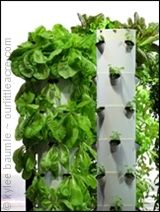


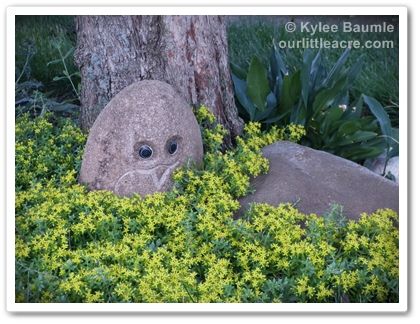
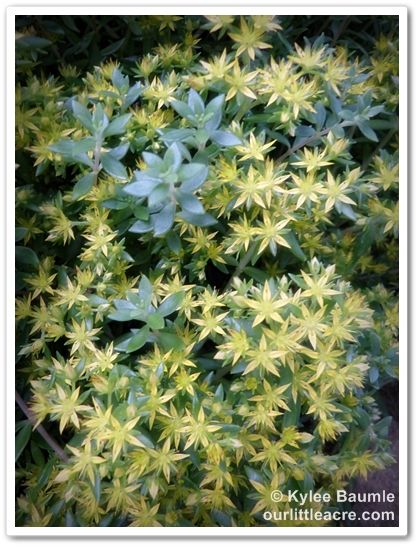
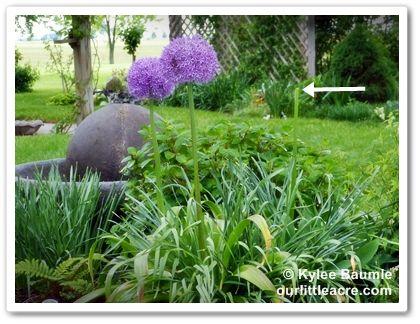
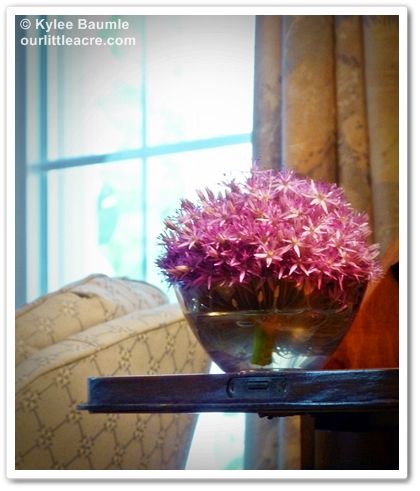
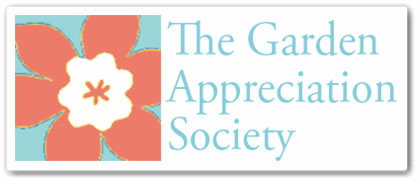
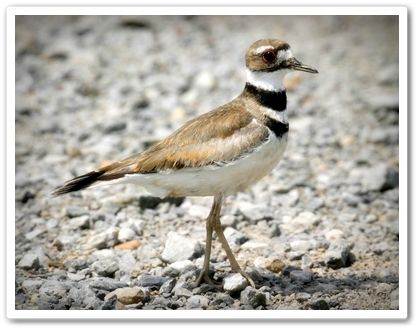
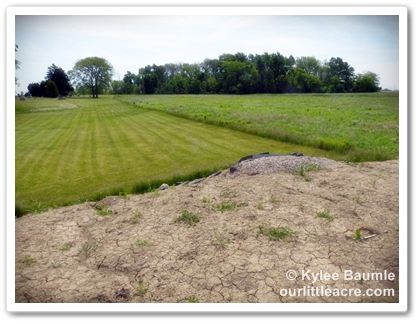
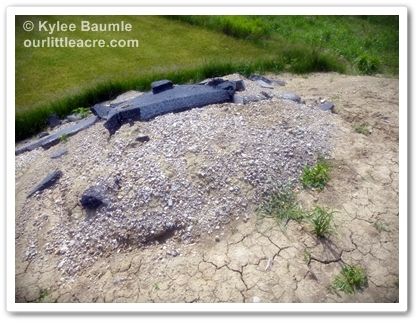
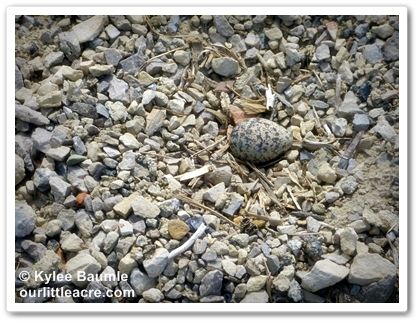
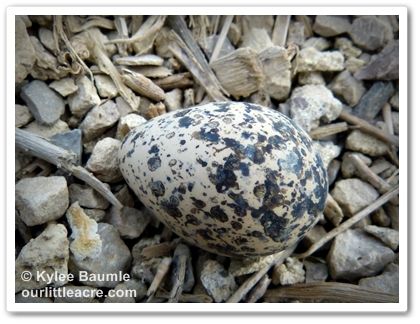


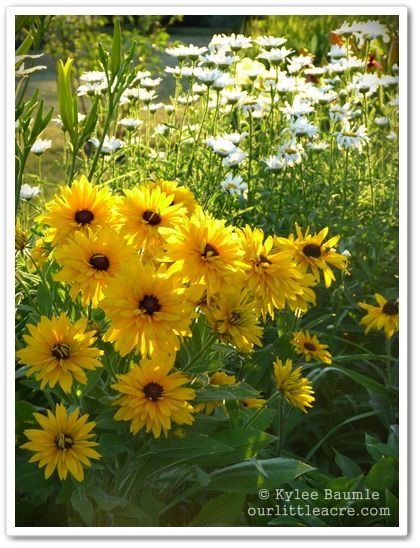
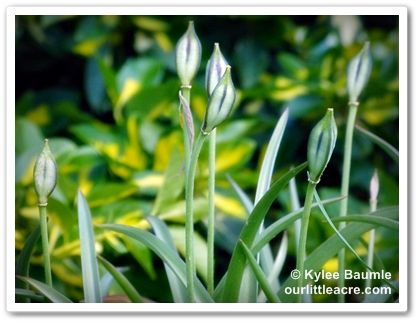
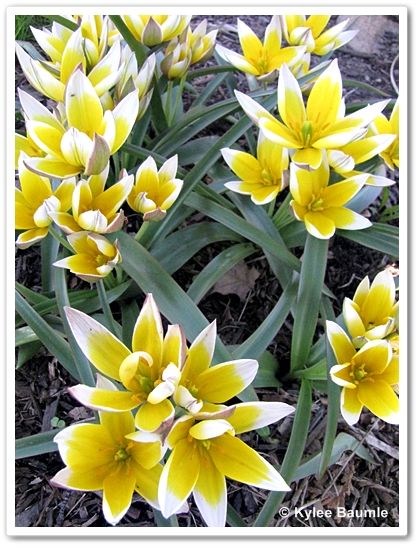
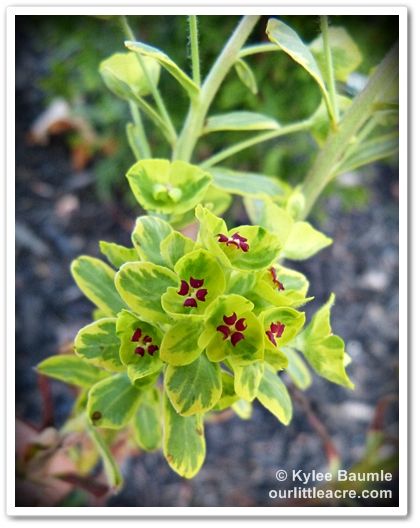
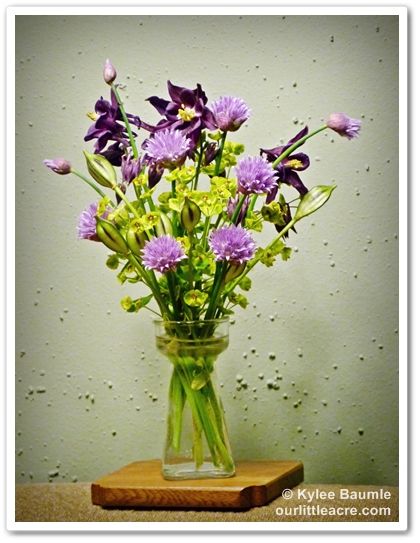
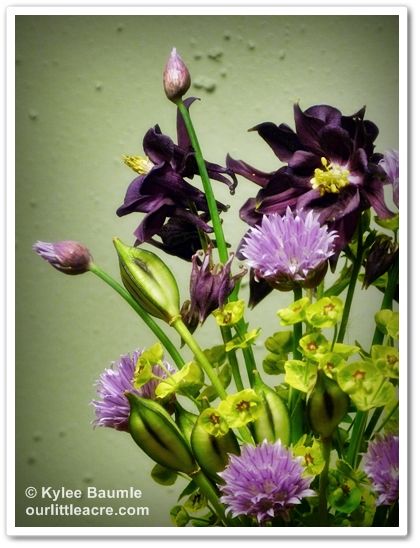
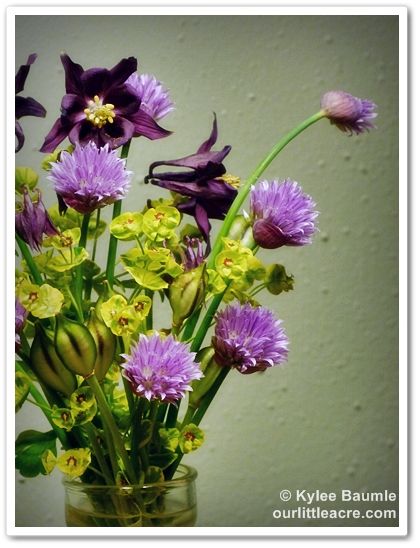
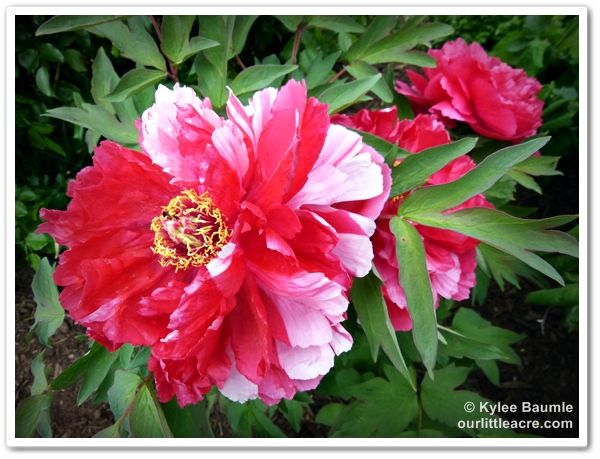

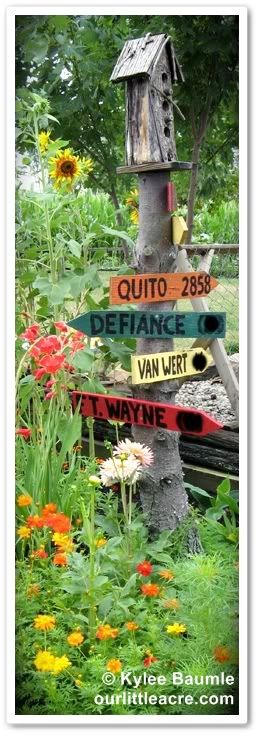
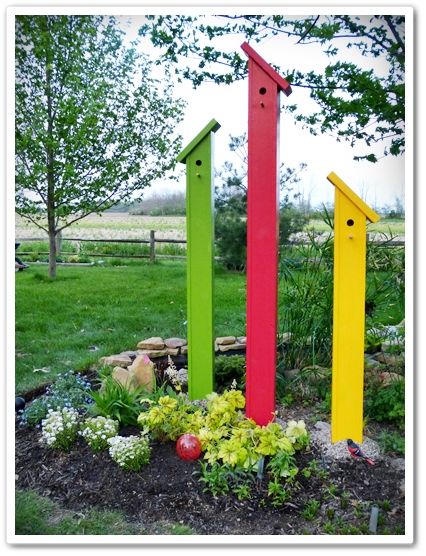






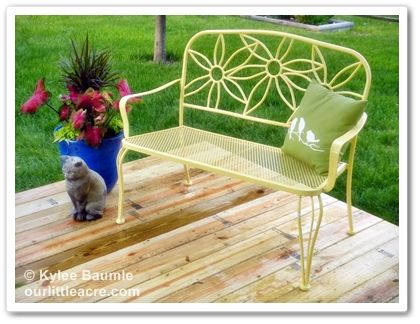
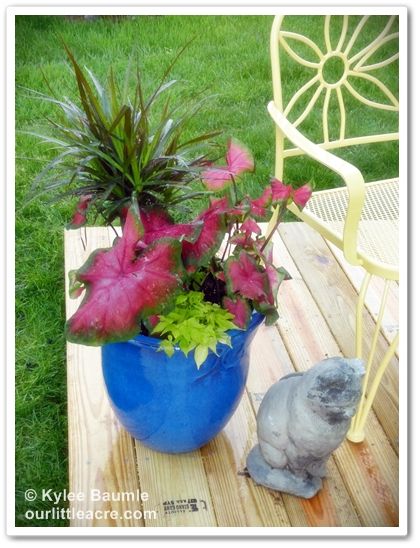
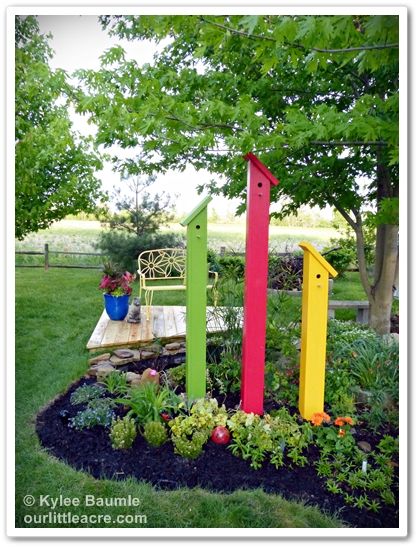

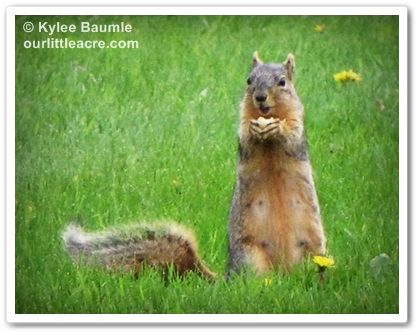
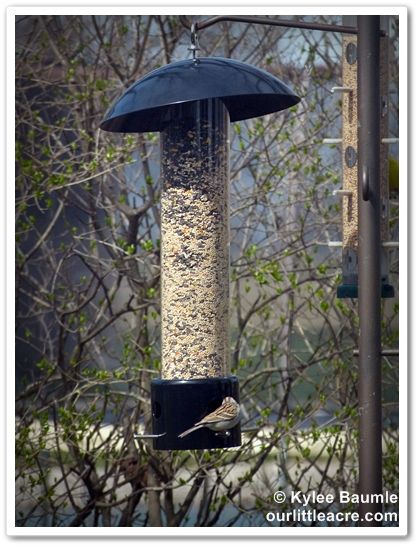
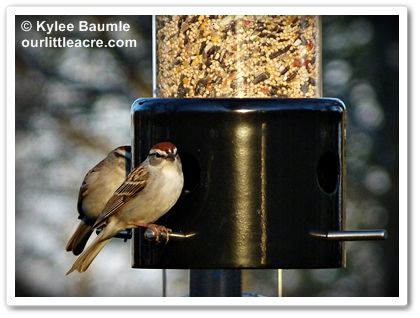
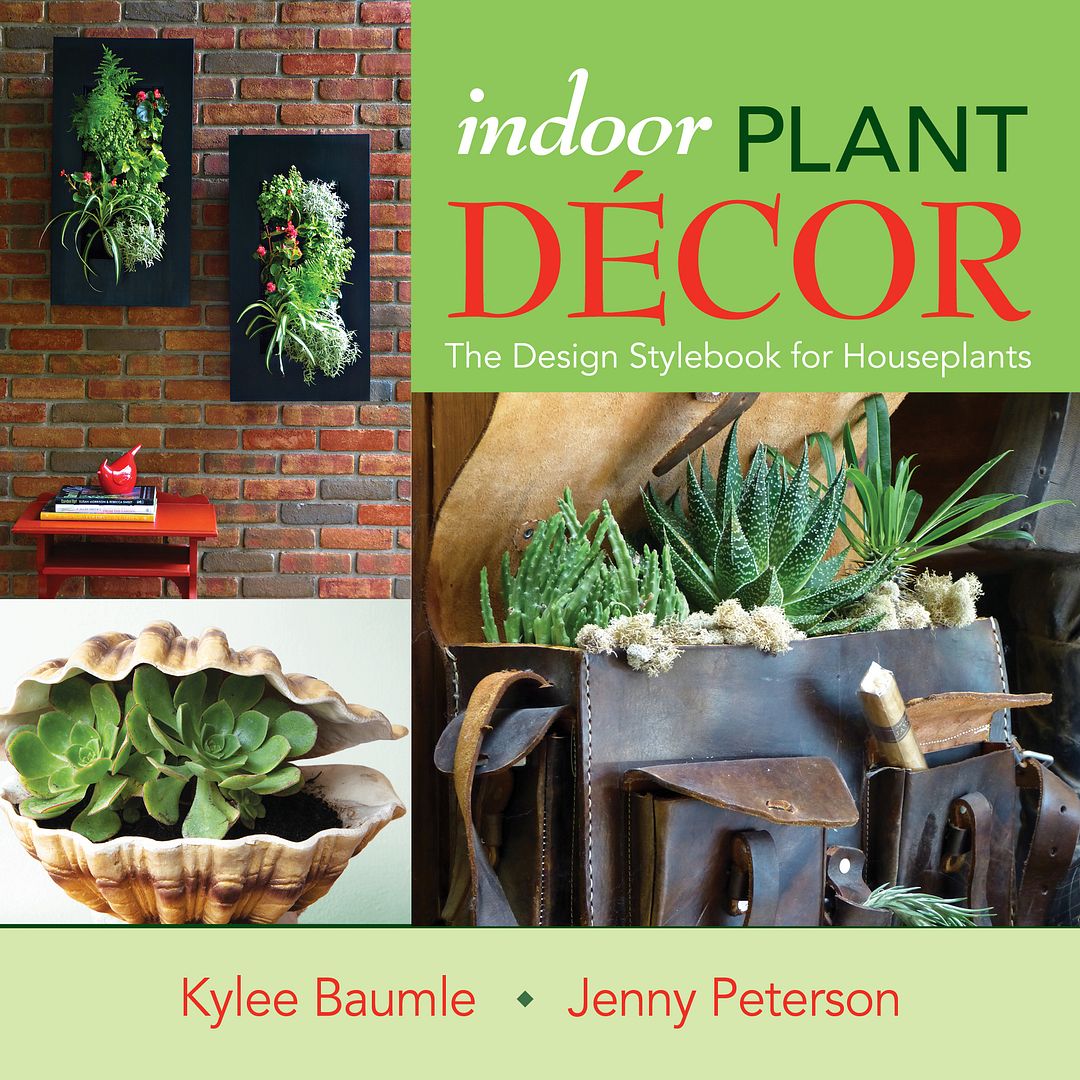
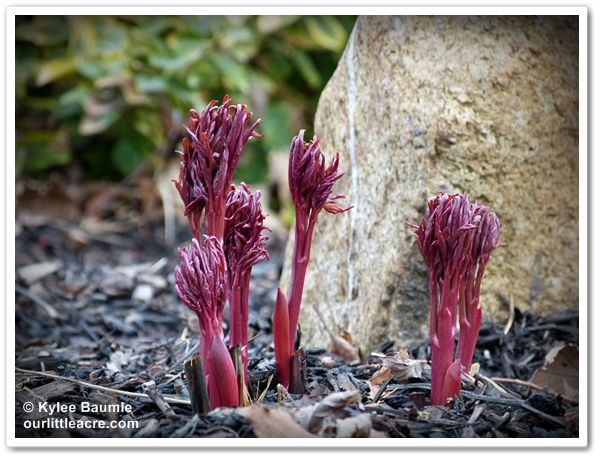
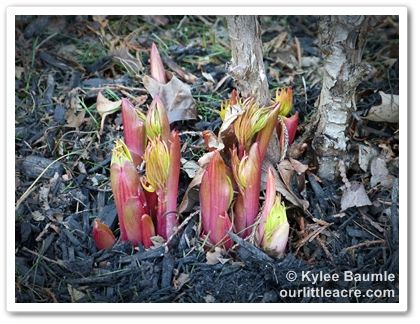
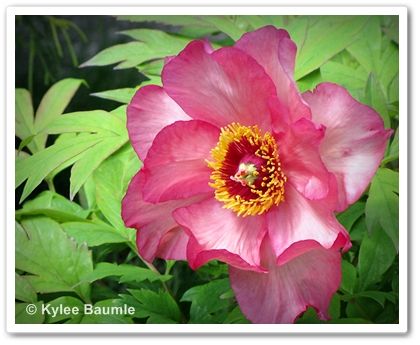
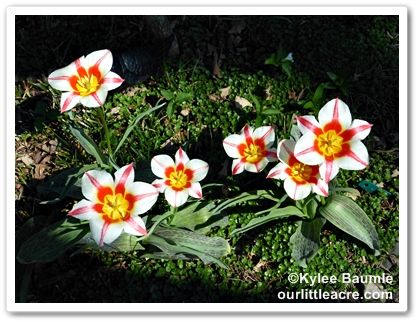
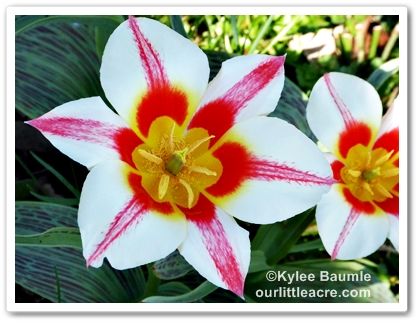
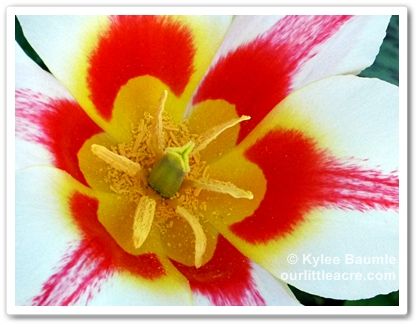
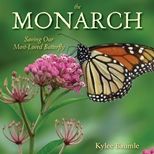





 "Bejeweled"
"Bejeweled"